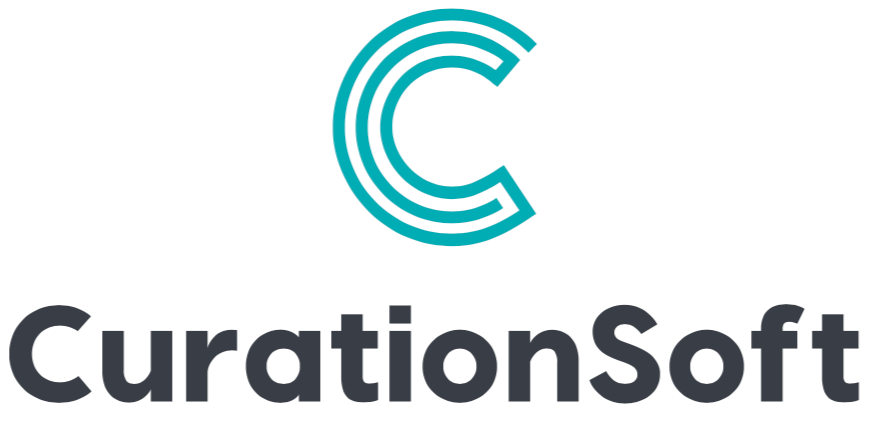10 successful steps to create a winning content marketing plan
If you’re wondering why you are unable to generate traffic and engagement on your websites or business then you must lack a proper content marketing plan. Because businesses of all sizes need to have an effective content marketing plan in place, but it can be difficult to know where to start when creating one.
This blog post will provide you with 10 easy steps on how to develop your content marketing plan, including setting goals & KPIs, identifying channels and types of content as well as budgeting tools & resources required.
We’ll also cover the importance of having a detailed calendar for executing your strategy so you don’t miss any opportunities!

What is a Content Marketing Plan?
Content marketing is a powerful tool that can help marketers to reach their target audiences and increase engagement. Content marketing is a strategic approach to creating, publishing, and distributing content that reinforces important company messages. It’s used to attract and build trust with target audiences by sharing expertise and establishing authority.
Why is content strategy important?
The right content strategy can help organizations achieve thought leadership within their market, build brand awareness, boost organic search engine rankings, and generate leads. A content marketing plan is an outline of the activities necessary for successful content creation and distribution. The 2022 report by content marketing institute also confirmed the clear importance of a content plan and strategy.
Effective steps and framework to start a content marketing plan
Setting goals and KPIs
When it comes to content marketing, setting goals and KPIs is essential for measuring success. Goals should be specific, measurable, achievable, relevant, and time-bound (SMART). For example, if you want to increase website traffic by 10%, set a goal of increasing visits by 10% in the next three months.
KPIs are metrics that measure progress toward your goals. They can include page views per month or the average time spent on the site. It’s important to select KPIs that align with your overall objectives and provide actionable insights into how well your content is performing.
Targeting audience
Targeting your audience is an important part of any content marketing strategy. Knowing who you are targeting and what their needs are will help you create content that resonates with them and encourages them to take action.
The first step in identifying your target audience is to define the characteristics of your ideal customer. Consider factors such as age, gender, location, interests, job title, income level, and more. Once you have identified these characteristics, it’s time to create buyer personas for each type of customer that fits into this profile.
After that, you can create content tailored specifically for them. By doing so you will get valuable insight into how best to reach out and engage with them through content marketing efforts.
Key Takeaway: A successful content marketing plan should include: understanding your target audience, researching industry trends, and allocating a budget.
Identify Channels
Knowing which platforms your audience uses most often and which ones offer the best opportunities for engagement and conversions can help you reach them more effectively. Social media is one of the most popular channels for content marketing. Some very useful platforms that can be used for marketing are:
These platforms allow you to interact with your followers directly through comments or messages so you can build relationships with them over time.
Some other effective channels for content marketing are email campaigns. Which altogether could result in exposure and brand awareness across multiple platforms simultaneously.
Key Takeaway: A successful content marketing strategy should include social media, email campaigns, SEO, and influencer partnerships to reach the right target audience and increase conversions.
Deciding content types
Choosing the correct type of content is a vital part of a marketing plan. They can be used to engage different audiences in different ways, and help you reach your goals. Some important types of content are:
Budget & Tools
When it comes to budgeting for content marketing, it’s important to consider the cost of any tools or services needed to create and distribute your content. This includes everything from software programs used for design and editing, hosting platforms, analytics tools, social media management systems, and more. Some effective tools you can use for a marketing plan are listed below
Other resources that you need to consider and allow in your budget plan for better marketing are:
Key Takeaway: When budgeting for content marketing, consider the cost of tools and services needed to create and distribute your content. Research potential ROI before committing, look into free alternatives, and allocate funds towards freelance writers designers, or paid advertising campaigns.
Creating a content calendar
A content calendar helps you plan and organize your content, ensuring that everything runs smoothly without any delays or missed deadlines. By creating a content calendar, you can ensure that all pieces of content fit together into an overall strategy rather than being created in isolation from one another.
A content calendar provides several benefits to marketers, including the ability to plan and keep track of when each piece of content should be published and promoted. This ensures that there are no gaps in the timeline or missed opportunities for promotion. Additionally, it allows marketers to easily identify trends in their audience’s behavior so they can adjust their strategies accordingly.
Once you have created your initial calendar, it is important to stay organized throughout the entire process by regularly updating it with new information such as changes in dates/times or new ideas that come up during brainstorming sessions.
Research and planning
It is essential to research and plans your content marketing strategy before you begin creating content. This includes researching target audiences, understanding their needs, setting goals, and determining the best channels for reaching them.
Content creation
Once you have a clear plan in place, it’s time to create engaging content that resonates with your audience. This could include blog posts, videos, infographics, or other forms of visual media that will help attract attention and drive engagement.
Distribution & Promotion
After creating great content it’s important to get it out there. You can use social media platforms such as Twitter or Facebook to share your content with potential customers and influencers who may be interested in what you have to offer.
Measurement & Analysis
Finally, tracking the performance of your campaigns is key to measuring success and making improvements where necessary so that future campaigns are even more effective than before. Analyzing data from various sources such as Google Analytics can provide valuable insights into how well (or not) each campaign performed so that adjustments can be made accordingly for maximum impact going forward.
Key Takeaway: Creating a content calendar helps marketers plan and stay organized, allowing them to easily identify trends in their audience’s behavior and adjust strategies accordingly. Steps include setting goalsKPIs; deciding target audiences & channels; determining types of content & budget; creating timelines & updating regularly.
FAQs about Content Marketing Plan
Final words
A content marketing plan helps you set goals and KPIs, target audiences, identify channels, choose content types, budget resources, and tools, create a content calendar, and finally publish and promote your content.
Start your content marketing plan!
Are you looking for a content marketing and SEO plan that will help your business reach its full potential? Look no further than curationsoft! Our team of experienced professionals can create an effective, customized strategy tailored to meet the needs of your business. We offer everything from keyword research to website optimization – all intending to help you get more leads and customers. Take advantage of our comprehensive services today and start seeing real results tomorrow!






